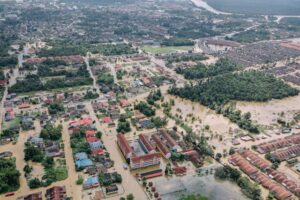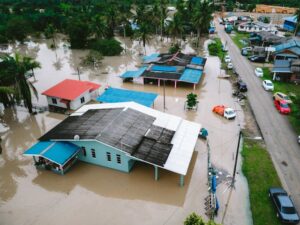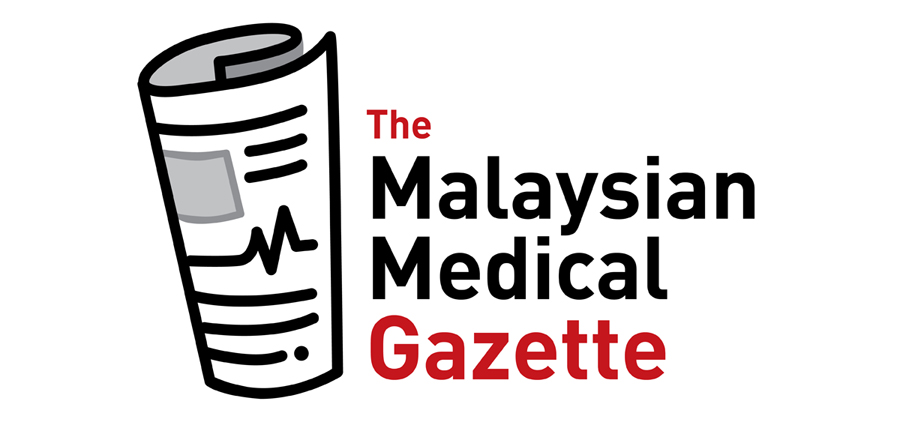 Floods are among the most devastating natural disasters, with consequences that go far beyond the immediate physical destruction. Misinformation can exacerbate these hazards; it’s critical to distinguish fact from fiction. Here, we debunk 13 popular flood myths and offer real tips to keep you safe, healthy, and resilient during and after catastrophic disasters.
Floods are among the most devastating natural disasters, with consequences that go far beyond the immediate physical destruction. Misinformation can exacerbate these hazards; it’s critical to distinguish fact from fiction. Here, we debunk 13 popular flood myths and offer real tips to keep you safe, healthy, and resilient during and after catastrophic disasters.
Myth 1: Floodwater is just dirty water—it’s not dangerous.
Floodwater frequently contains sewage, chemicals, animal waste, and debris, which harbour germs such as E. coli, Salmonella, and Shigella. These germs can cause cholera, typhoid fever, and dysentry (bloody diarrhoea).
Avoid coming into contact with flood water whenever possible. If you must wade in it, wear protective gear such as boots and gloves and properly clean your hands and face afterwards.
Myth 2: Boiling water isn’t necessary if it looks clean.
During floods, drinking water sources such as water tap can become contaminated with harmful germs and pollutants, as they have been inundated under the flood water for sometime. Hence, even if the water from these sources looks clear, it may contain invisible disease-causing agents such as bacteria, viruses, and parasites.
If available, use commercially bottled water that has not been exposed to flood water for drinking, washing, cooking, and even brushing teeth.
Otherwise, boil the tap water to kill off the disease-causing germs. Make sure to bring the water to a bubbling boil for one minute before bringing it to a cool.
If boiling isn’t an option, try water purification tablets or filters.
Myth 3: Food that looks okay after a flood is safe to eat.
Floodwater can leak into food packaging and contaminate even sealed products. Damaged or bloated canned products may also pose a concern.
Discard any food that has been in contact with floodwater. Inspect canned products thoroughly and discard damaged cans.
A flood can appear to be a fun opportunity for outdoor activities, mimicking a picnic or even barbecuing by the river. But beware, wading through the river—or the floodwater—can unintentionally splash the water into the barbecued food, thus contaminating it.
Myth 4: Playing in floodwater is safe as long as the current is not strong.
Floodwater hides hazards such as submerged trash, open manholes, and downed electrical wires. It also transports germs and chemicals that might result in illnesses or electrocution.
Keep children and adults away from floodwaters. Supervise children closely and never let them play in or near flooded areas.
Myth 5: Mosquitoes aren’t a problem during floods—they’ll go away once the water recedes.
Stagnant floodwater serves as a breeding habitat for mosquitoes, raising the risk of vector-borne diseases such as dengue, malaria, and chikungunya.
Remove any standing water around your home. In relief centres, apply insect repellent, wear long sleeves, and sleep under mosquito nets.
Myth 6: You don’t need vaccinations unless you’re travelling abroad.
Floods raise the risk of infections such as tetanus, hepatitis A, and leptospirosis. Tetanus vaccinations are especially crucial if you have injuries or wounds that have been exposed to flood water. Preventive antibiotics like doxycycline should be given to those at high risk of leptospirosis—after discussing the need with the local health care worker.
Ensure that your vaccines are up-to-date. Seek medical attention if you fear you’ve been exposed to contaminated water or soil.
Myth 7: Mould only affects people with allergies.
Mould grows in moist surroundings and can cause respiratory problems, skin irritation, and other health concerns—even in people who have no prior diseases.
Clean and disinfect your home properly following a flood. Dry the walls and furnishings within 48 hours to avoid mould formation. Use fans and dehumidifiers to increase ventilation.
Myth 8: No spark, no danger la!
Even non-sparking electricity lines can electrify floodwater and other objects, providing a lethal risk of electrocution.
Stay clear from downed electrical lines and anything around them. Report risks to authorities right away.
Myth 9: Relief centres are overcrowded and unsafe.
While relief centres can be overcrowded, they do provide important services such as food, clean water, and medical care. Proper hygiene and cooperation may make them safer for all.
Keep your living space clean, dispose of waste correctly, and follow directions from aid personnel. Cooking, cleaning, and keeping an eye on the children are all ways you can help others.
Myth 10: Once the floodwaters recede, the danger is over.
Floods leave hidden threats such as mould, chemical contamination, electrical hazards, and lingering vector-borne infections. Floodwaters bring hidden dangers as displaced snakes, scorpions, centipedes, spiders, and fire ants seek shelter in homes and relief centres.
If bitten, victims must stay calm, limit movement, and seek immediate medical attention.
Continue to maintain good hygiene, monitor your health for delayed signs, and seek medical assistance if necessary. Collaborate with government and NGOs to promote good sanitation and disease prevention.
Myth 11: If the flood is not serious, there is no need to evacuate.
Floods can rapidly escalate, putting individuals in risky situations. Waiting too long to evacuate raises the possibility of drowning, injury, or being shut off from rescue.
Evacuate promptly if instructed. Turn off the electricity and gas supplies, gather critical items (personal document, medications, torchlights), and notify family members of your whereabouts.
Myth 12: No problem! I can handle this myself..!
Floods have a wide-ranging impact on communities, and concerted action is critical for recovery. Working together ensures that resources are shared, disadvantaged groups are helped, and the risk of dangers is reduced.
Volunteer your time or skills to benefit others. Every effort counts, whether it’s preparing meals, cleaning up garbage, or simply being a good listener.
Myth 13: Mental health concerns following floods are uncommon and will resolve on their own.
Floods can induce severe emotional discomfort, such as anxiety, despair, and post-traumatic stress disorder (PTSD). Children, the elderly, and people with pre-existing diseases and special needs are particularly vulnerable.
If you or your loved one is experiencing distress, seek counselling or psychological first aid. Stay in touch with family, friends, and community support networks. Relief centres frequently offer mental health support; do not hesitate to use them.
 Conclusion
Conclusion
Floods are unpredictable, but knowing the facts can help save lives. By dispelling falsehoods and implementing evidence-based practices, you can safeguard yourself, your family, and your community. From guaranteeing clean water and food provision to addressing mental health and creating community support, preparedness and attention are essential for remaining safe during and after floods.
Dr Helmy is a NSR registered Public Health Physician currently working in Universiti Malaysia Sarawak (UNIMAS).
